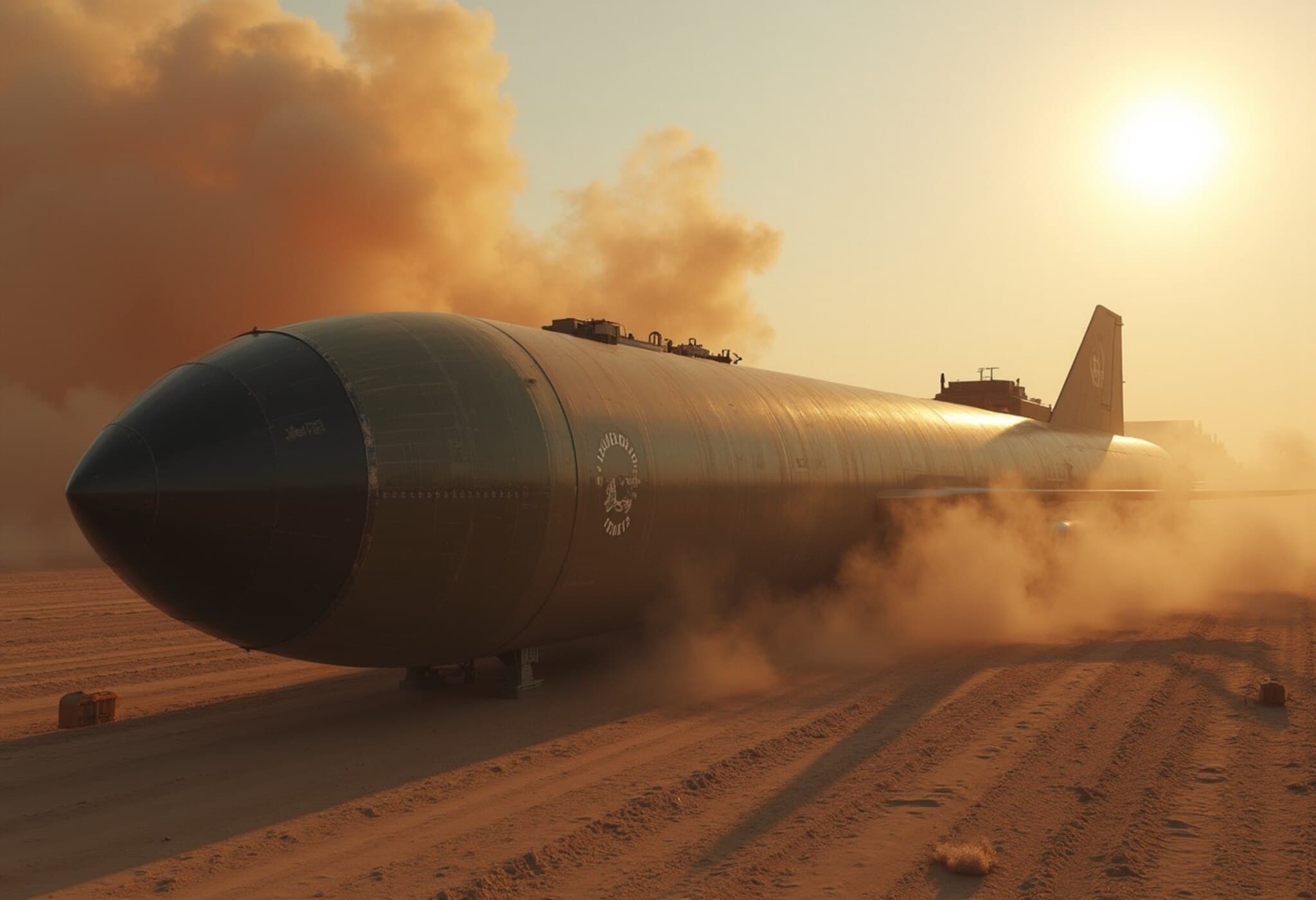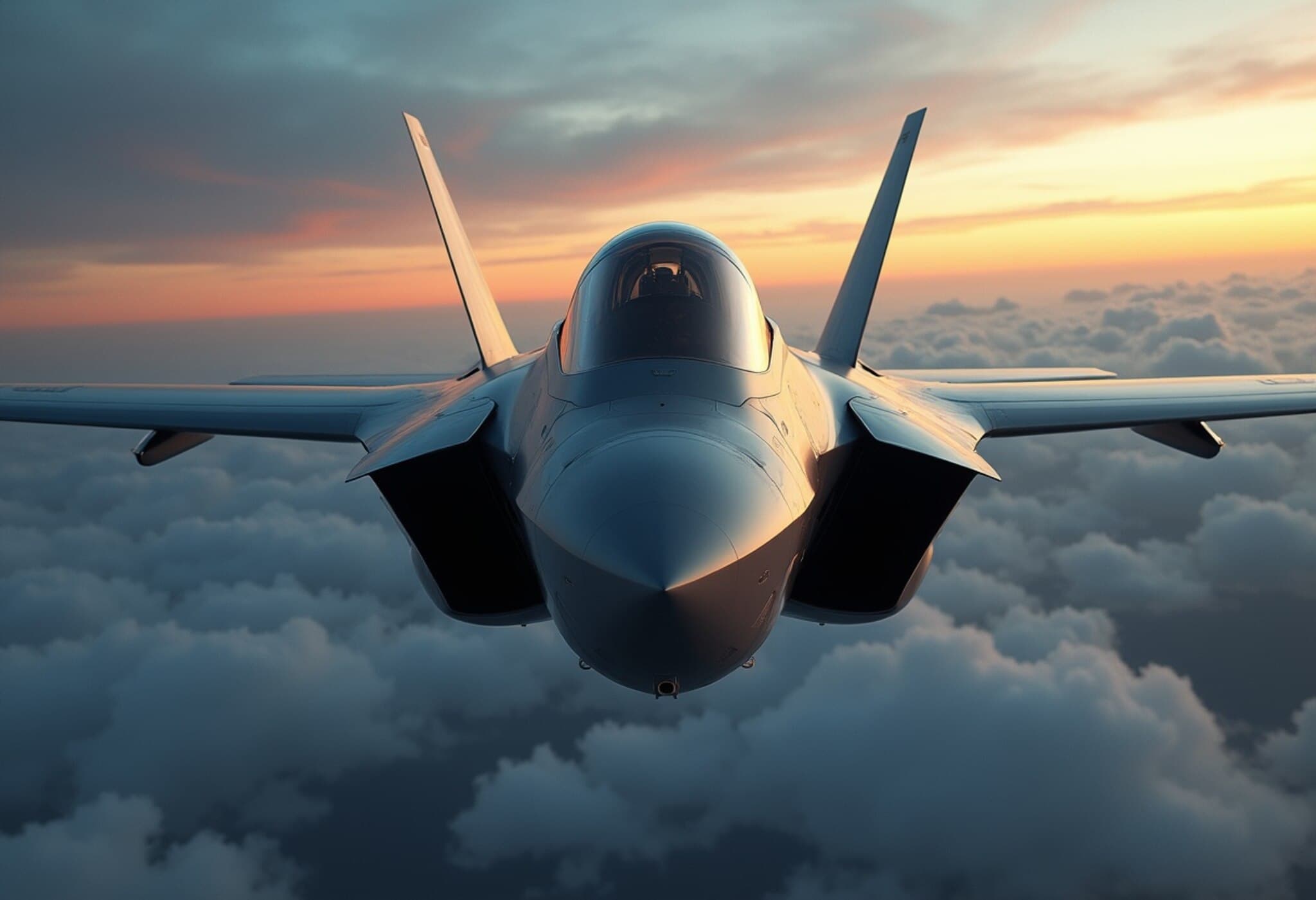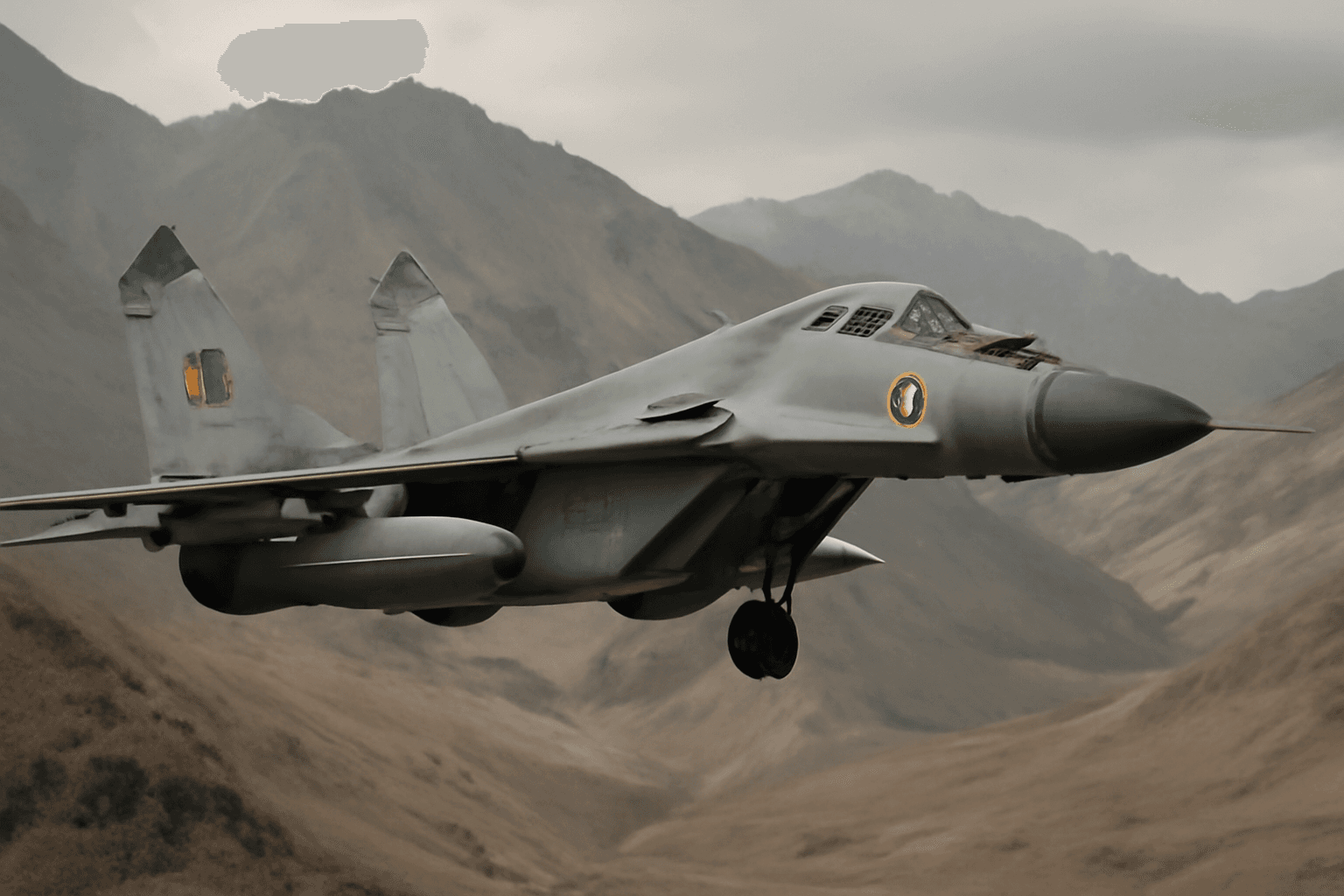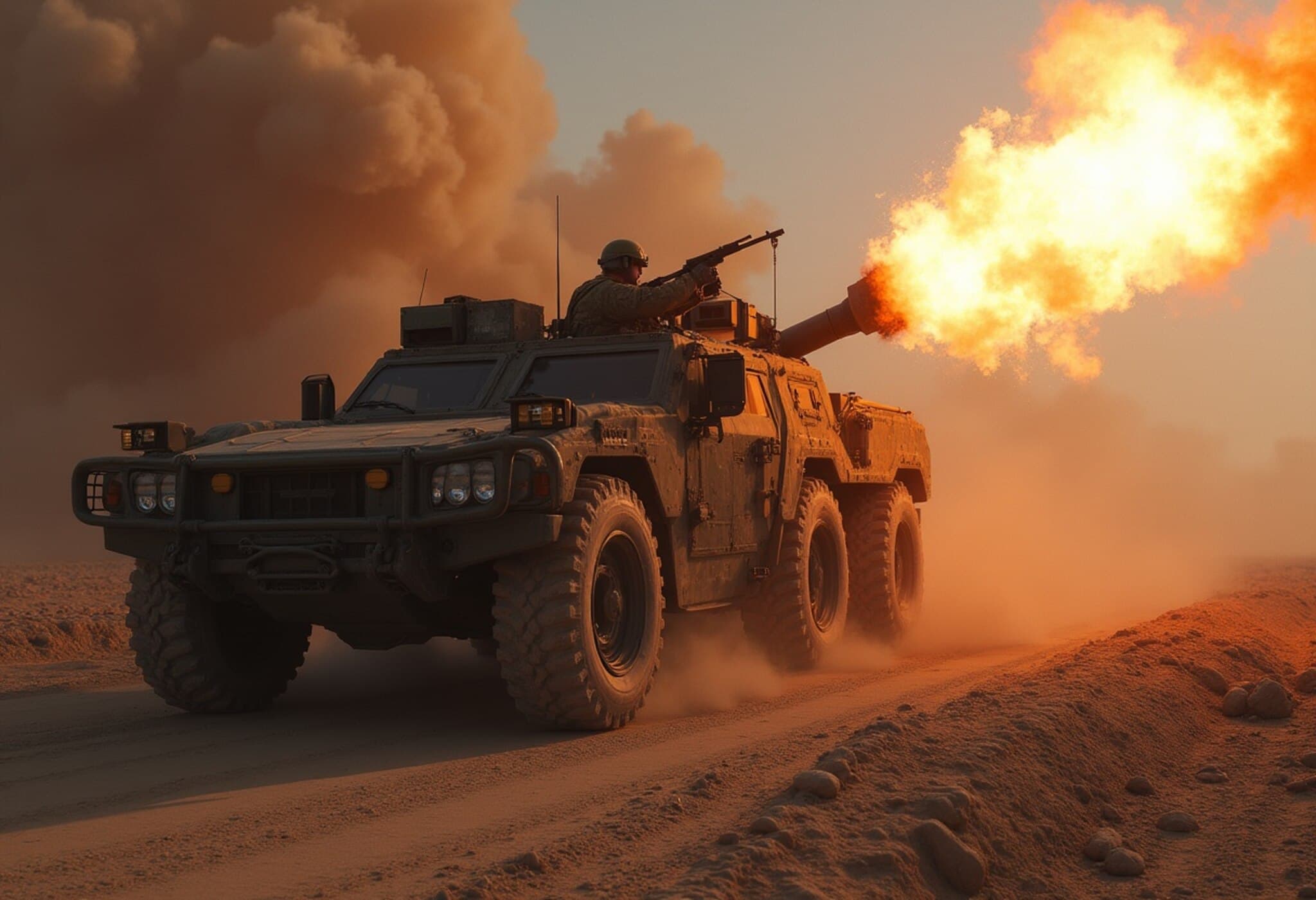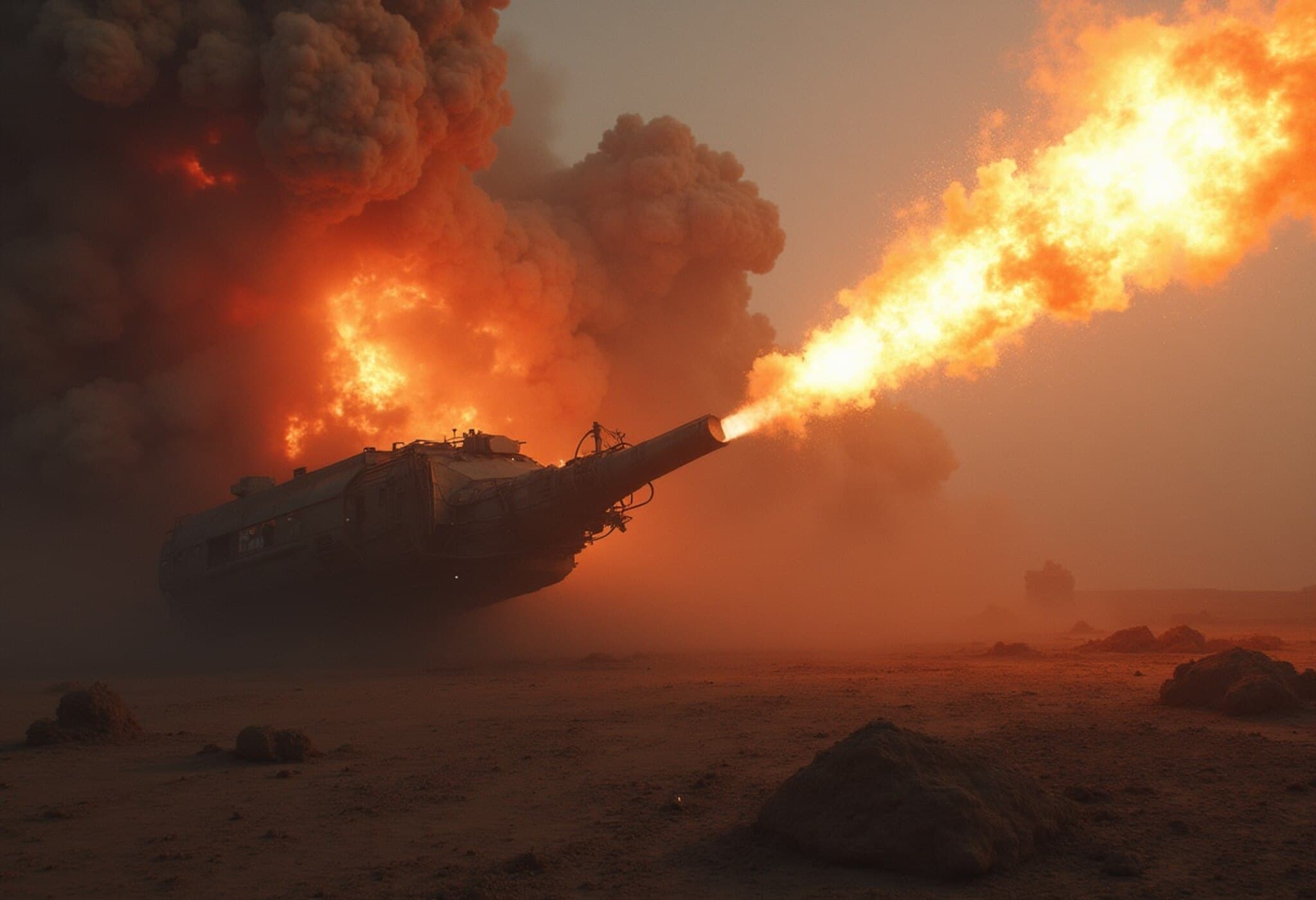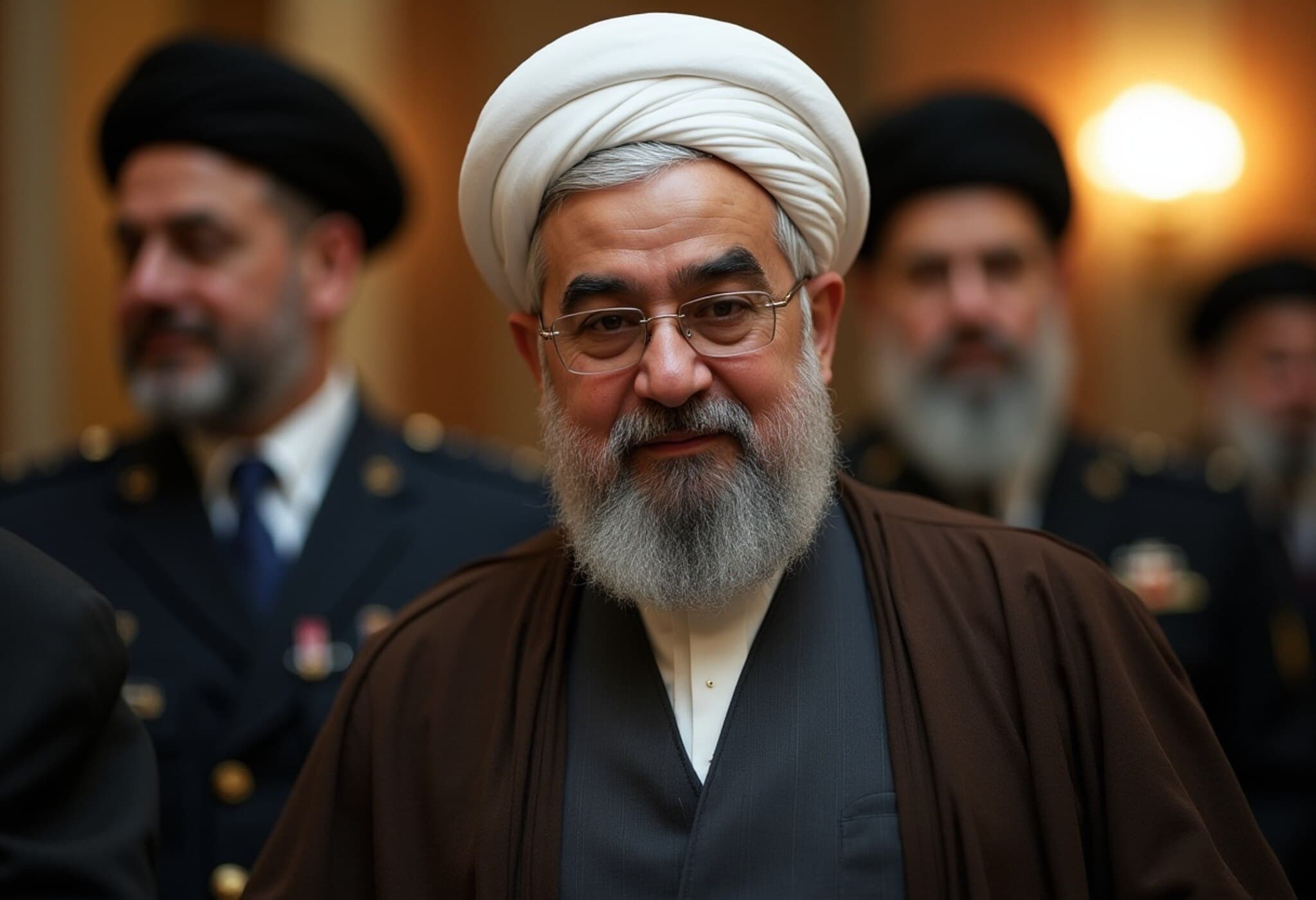When the GBU-28 Bunker-Buster Changed the Course of Gulf War I
Just a day before the ceasefire that ended Operation Desert Storm on February 28, 1991, the United States dramatically shifted the battlefield dynamics with the deployment of a groundbreaking weapon—the GBU-28 bunker-buster bomb. This formidable bomb, developed hurriedly in response to a pressing tactical challenge, shattered the Iraqi underground bunkers that had become Saddam Hussein’s last refuge, effectively sealing the fate of his regime during the first Gulf War.
The Urgency Behind the Creation of the GBU-28
During the 42-day air campaign, coalition forces relentlessly bombarded Iraqi defenses. Saddam’s forces, however, had retreated into a network of massive underground bunkers—monolithic reinforced concrete structures buried up to 50 feet deep in Baghdad. These bunkers proved impervious to conventional bunker-buster bombs, which couldn’t penetrate beyond four to six feet of concrete.
Faced with this challenge, the U.S. Air Force urgently requested a bomb capable of penetrating much deeper. Engineers, working around the clock, designed the GBU-28 within four weeks, turning an 8-inch Army howitzer barrel into a hardened bomb casing capable of withstanding extreme forces upon impact.
Engineering a Weapon of Precision and Power
- The GBU-28 featured a 4,400-pound warhead filled with explosives and a sophisticated delayed-action fuse to ensure detonation inside the target.
- Its casing was adapted from the sturdy barrels of the M117 Howitzer, lending strength without excessive weight.
- Mounted with laser guidance and aerodynamic fins, it was tailor-made for delivery by the F-111 Aardvark bomber.
Rigorous tests in Nevada showed the bomb could penetrate over 100 feet of earth and concrete, piercing even 22-foot thick reinforced concrete slabs—an unprecedented feat in bomb design.
The Decisive Strike: February 27, 1991
Deployed from Saudi Arabia, two F-111 bombers called ‘Cardinal 7-1’ and ‘Cardinal 7-2’ headed to hit the stubborn Al Taji airbase near Baghdad, a key fortified target that had resisted previous strikes. While the first aircraft narrowly missed the precise point, the second, piloted by Colonel David White, successfully released the GBU-28, sending it hurtling through the fortified bunker.
Confirmation came soon after, as smoke billowed from the bunker vents, signaling a powerful underground explosion. The psychological and strategic impact was profound; Saddam’s fortified networks were no longer safe havens. This strike is often credited with hastening the Iraqi surrender and ending the war.
Legacy and Later Deployments
Following its success, the GBU-28 established a new standard for bunker-destroying ordnance. It was used in subsequent conflicts, including the wars in Yugoslavia, Afghanistan, and Iraq in 2003. Notably, Israel became the first foreign purchaser of this bomb in 2005, eyeing its use against potential underground nuclear facilities in Iran.
New Era, Same Class of Weaponry: The GBU-57 and Modern Implications
Fast forward to recent years, the U.S. drew on the legacy of the GBU-28 when deploying the even larger GBU-57 bomb during operations targeting Iran’s nuclear infrastructure. The former U.S. President described these strikes as “obliteration,” highlighting the extensive damage inflicted on underground facilities designed to shield atomic programs.
Satellite images revealed unusual pre-attack movements at these Iranian sites, suggesting stockpiles were relocated, yet the power of these earth-penetrating weapons remains a significant strategic advantage for targeting subterranean installations.
The U.S. campaign against underground nuclear sites continues to reflect a belief that neutralizing these hidden threats is a critical step towards broader geopolitical objectives in the Middle East.
Conclusion: The Enduring Influence of Precision Bunker-Busters
The swift development and successful deployment of the GBU-28 during the Gulf War exemplifies how technological innovation can rapidly alter the course of warfare. By breaching Saddam’s deepest defenses, the GBU-28 not only changed military tactics but also sent a clear message about the limits of subterranean protection in modern conflict. Its descendants continue to shape global military strategies, reminding us that in warfare, ingenuity and speed often prove as decisive as overwhelming force.


